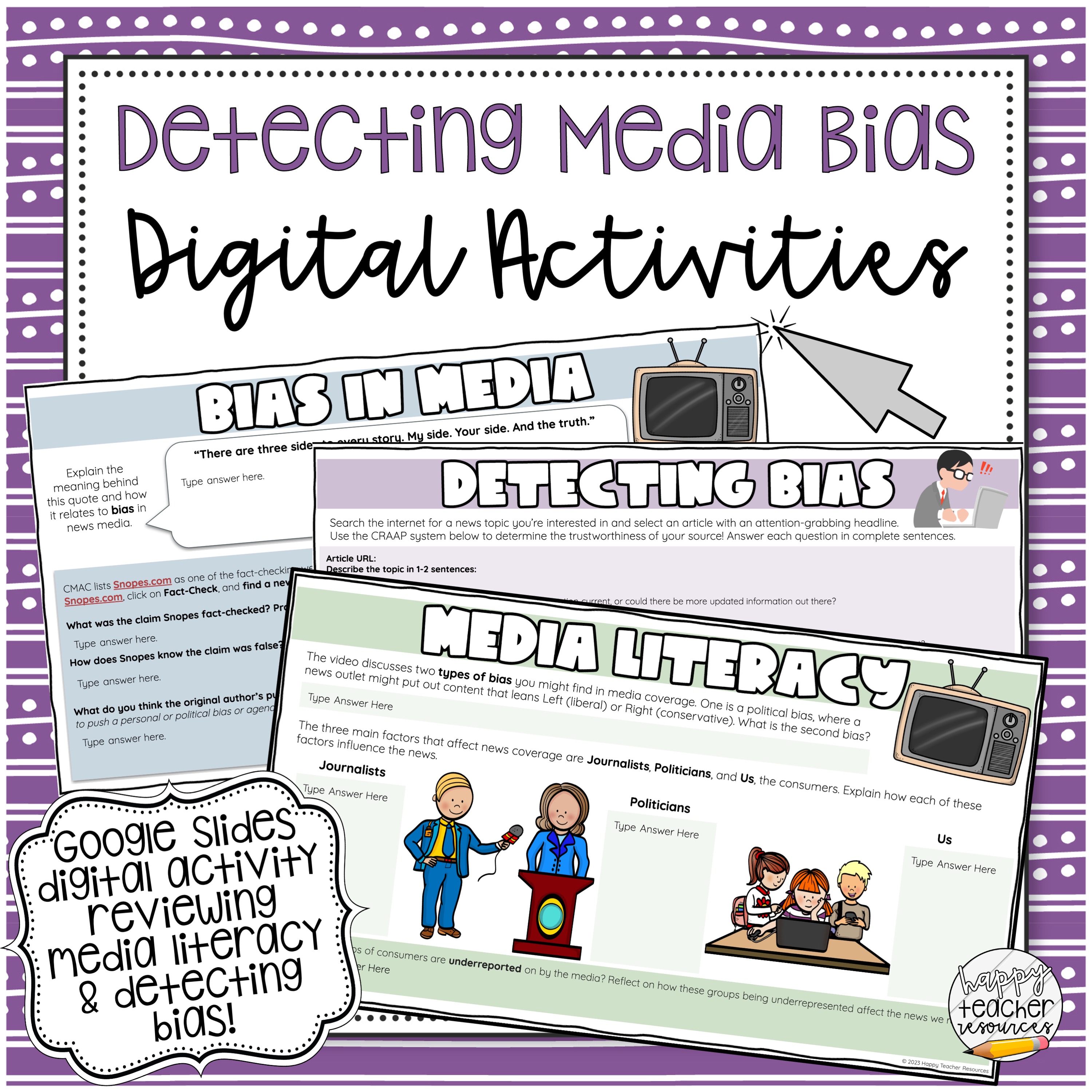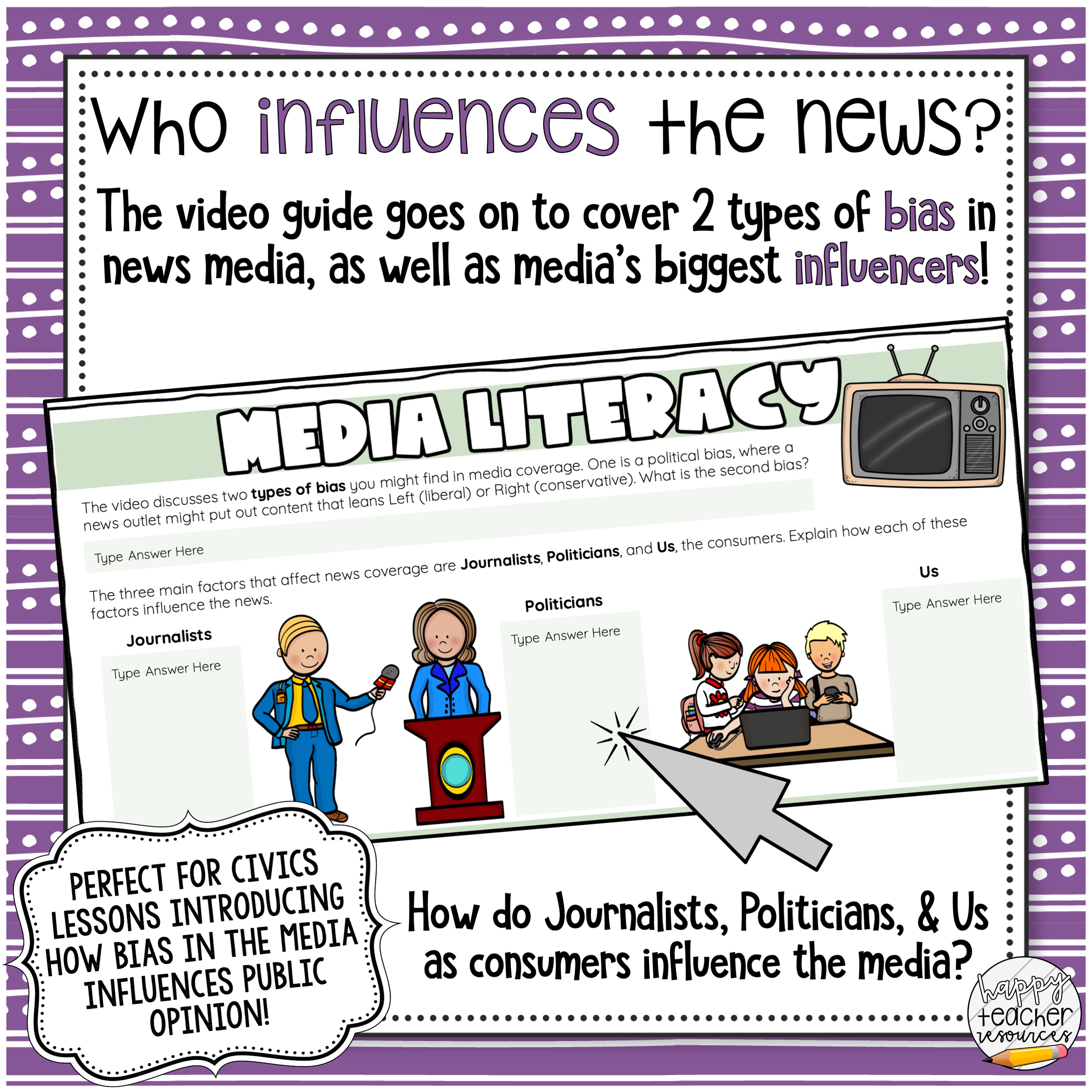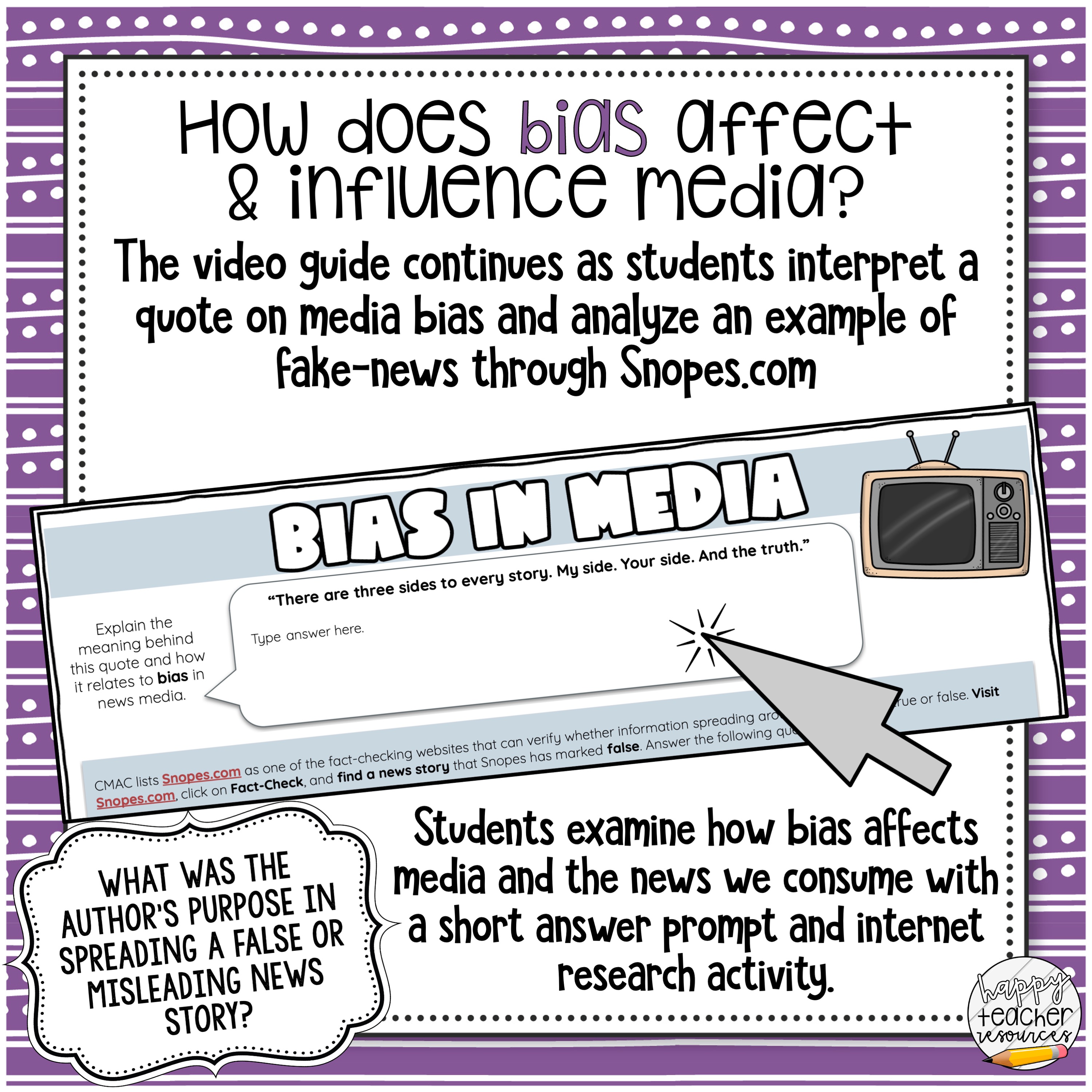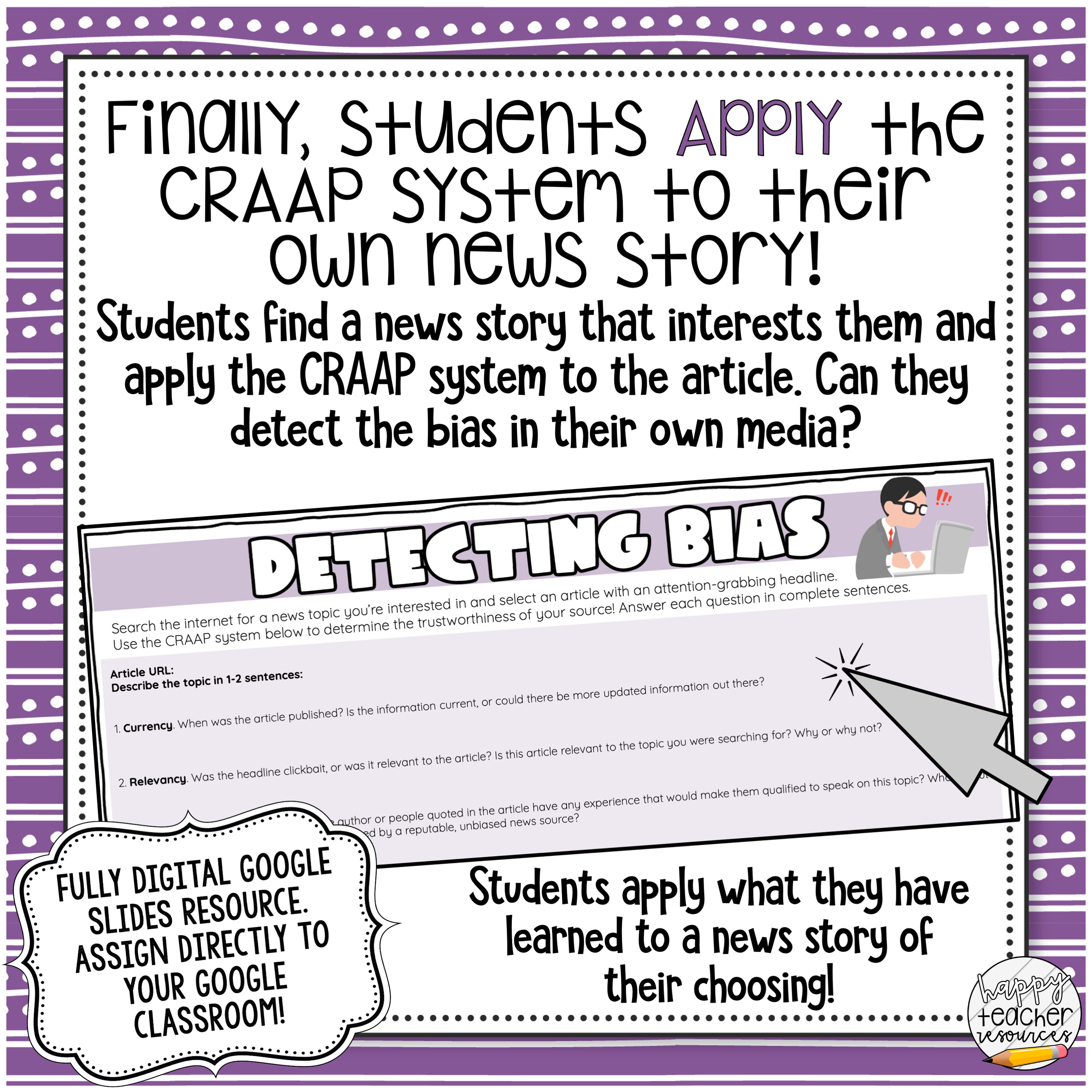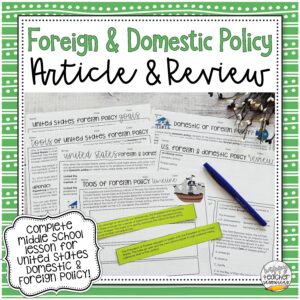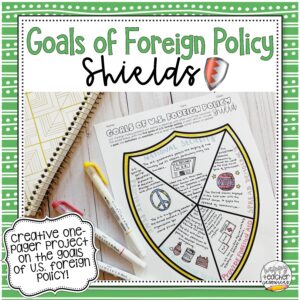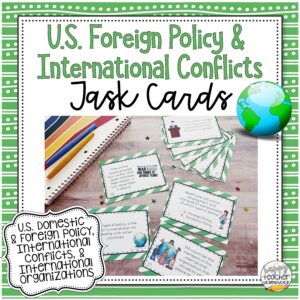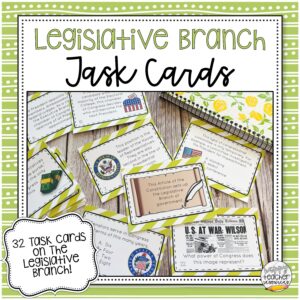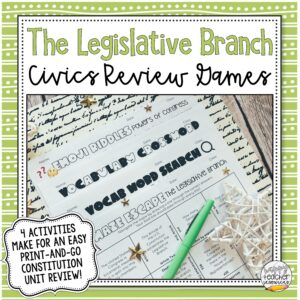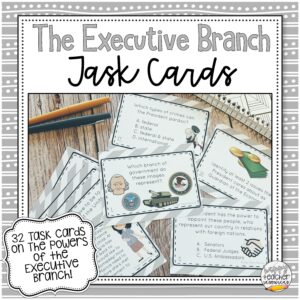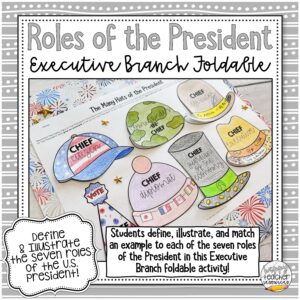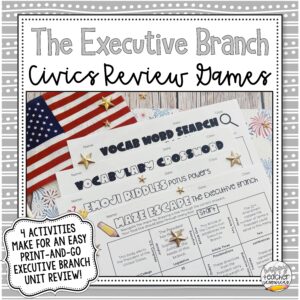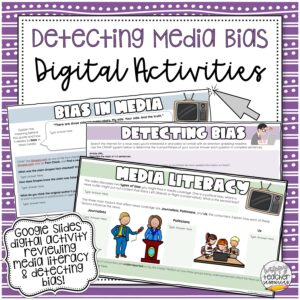In this Detecting Bias: Media Literacy & Bias Digital Google Slides Activity for Civics, students watch two YouTube videos introducing media as an institution, media literacy, and bias — and how media bias influences public opinion and the news we receive. Students will fill out graphic organizers, interpret quotes, and fact-check their own news story by applying what they have learned about media literacy and detecting bias!
This Google Slides digital activity is fully editable and comes with two video viewing guidesand an internet research application activity. Perfect for middle school and high school students studying how Bias and Media influence and impact public opinion. (This can also work for an ELA class studying Media Literacy!)
Aligned to the Florida State Standards for Middle School Civics:
- SS.7.CG.2.9 Analyze media and political communications and identify examples of bias, symbolism and propaganda: “Students will evaluate how bias, symbolism and propaganda can impact public opinion.”
This digital Google Slides resource includes:
✯ Media as an Institution: Media Literacy Video Guide. Students view a Crash Course video on on YouTube regarding Media as an institution as they fill out a chart on the three forms of media: print medial, broadcast media, and internet media.
Students will:
- Identify and define each form of media
- Give real life examples
- Identify the advantages and disadvantages of each form.
A second page of review covers key concepts from the video. Students will:
- Identify two types of bias that can influence media.
- Identify and describe the three major influences on media (Journalists, Politicians, and Consumers)
- Reflect on what it might mean for a group to be underrepresented by the news media.
✯ Bias in Media Video Guide. Students view a CMAC video on YouTube regarding Media Bias and how to tell if a news source is trustworthy. They complete another graphic organizer as they view the video.
In this graphic organizer, students will:
- Learn basic media literacy skills as they identify the meaning behind the acronym CRAAP, a system for determining the validity of a news source. (Currency, Relevancy, Authorship, Accuracy, Purpose).
- Chart pertinent questions they should ask themselves when evaluating each letter of the acronym. (Questions such as: Is this information supported by evidence? Was the headline clickbait? Who is the author of this source and are they qualified to speak on it?)
A second page of review has students interpreting a quotation and completing a fact-checking application activity.
- Students consider a quotation regarding bias in the news media: “There are three sides to every story. My side. Your side. And the truth.”
- Students learn about accuracy and author’s purpose by fact-checking a news story on Snopes.com.
✯ Detecting Bias Application Internet Activity. Finally, students will apply what they have learned about media literacy and the CRAAP test by finding a news story online that interests them (the more outrageous, the better!) and running it through the questions on the CRAAP test to verify its accuracy.
✯ Teacher instructions and Answer Keys are included!
This is an interactive Google Slides lesson that can be a fun challenge for higher-end middle school or high school students studying Civics, American Government, or even just Media Literacy! The videos are engaging and informative, and the lesson itself involves lots of hands-on application.
The resource comes as an editable Google Slides digital activity that can be assigned directly to your Google Classroom!
You will need access to Google Drive to download this resource, and you will need Google Classroom to assign it to students. (If you are uncomfortable with TPT accessing your school email account, use your personal email to download the resource to your personal Google Drive, then go to File > Make a Copy, and share that copied document with your school email.)
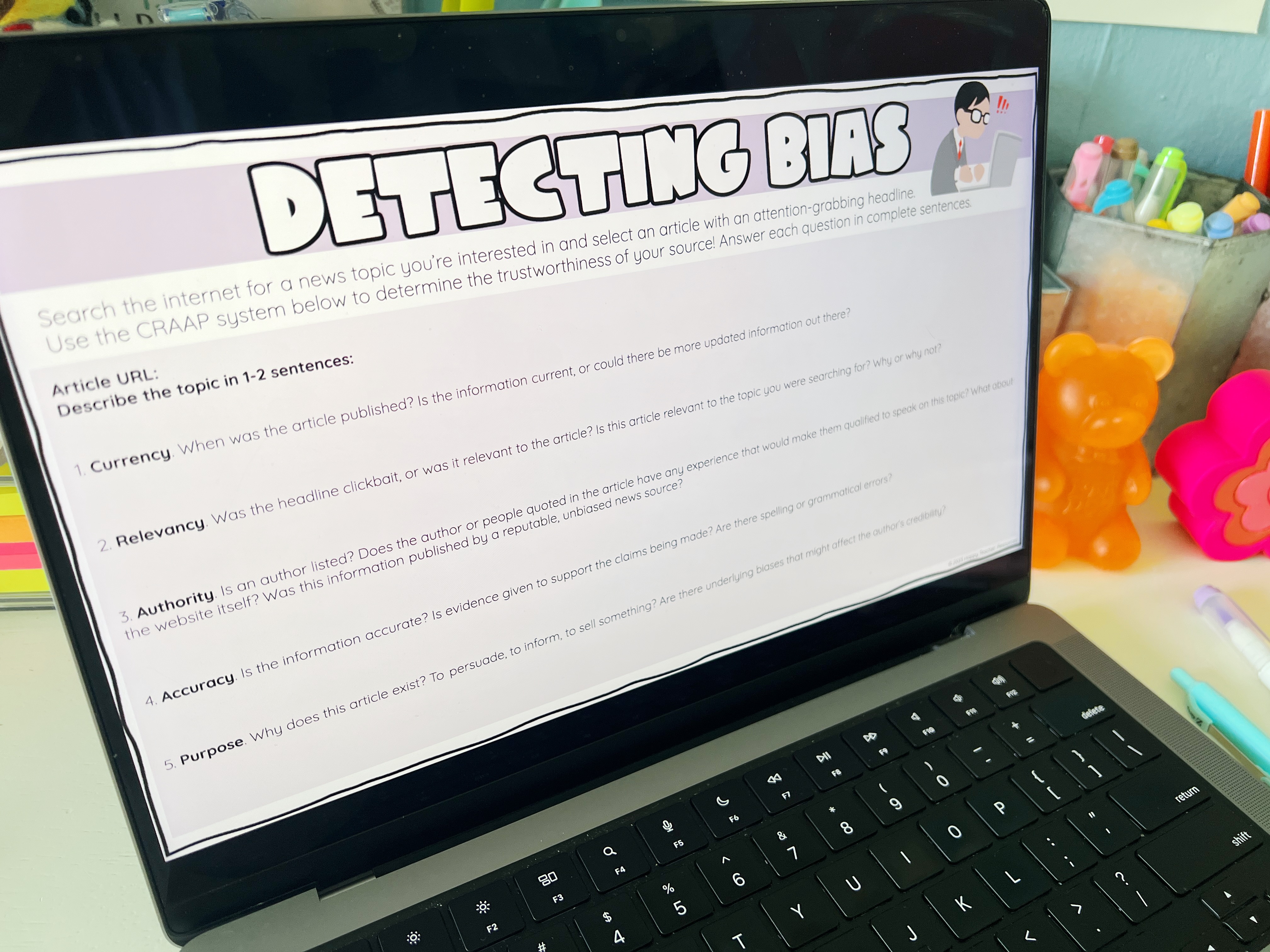
More Happy Teacher Products You Might Enjoy:
✩ Types of Propaganda Techniques Article & Review | Civics & American Government
✩ Identifying Propaganda Techniques | Worksheet for Civics & American Government
✩ Interpreting Symbolism Picture Analysis for Civics & American Government
Become a happy teacher — join the email list!
Never miss a new product or a sale by signing up for an email subscription! I send periodic emails recapping new products, updates, and upcoming sales. Plus, you’ll get a free week of Civics Bell Ringers just for signing up!
Enter your email below to get started.
You can also follow Happy Teacher Resources on social media: Instagram | Facebook | Pinterest

